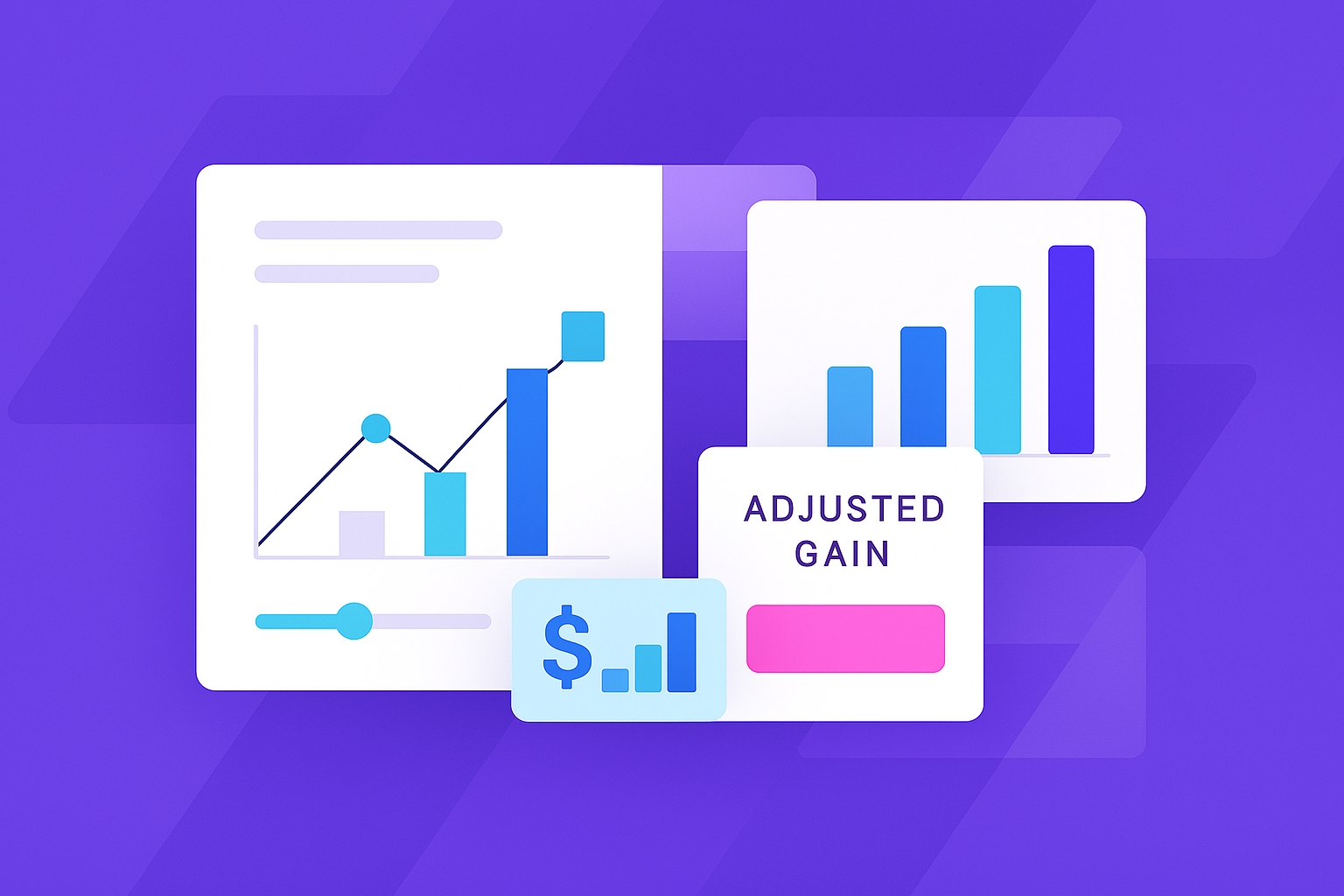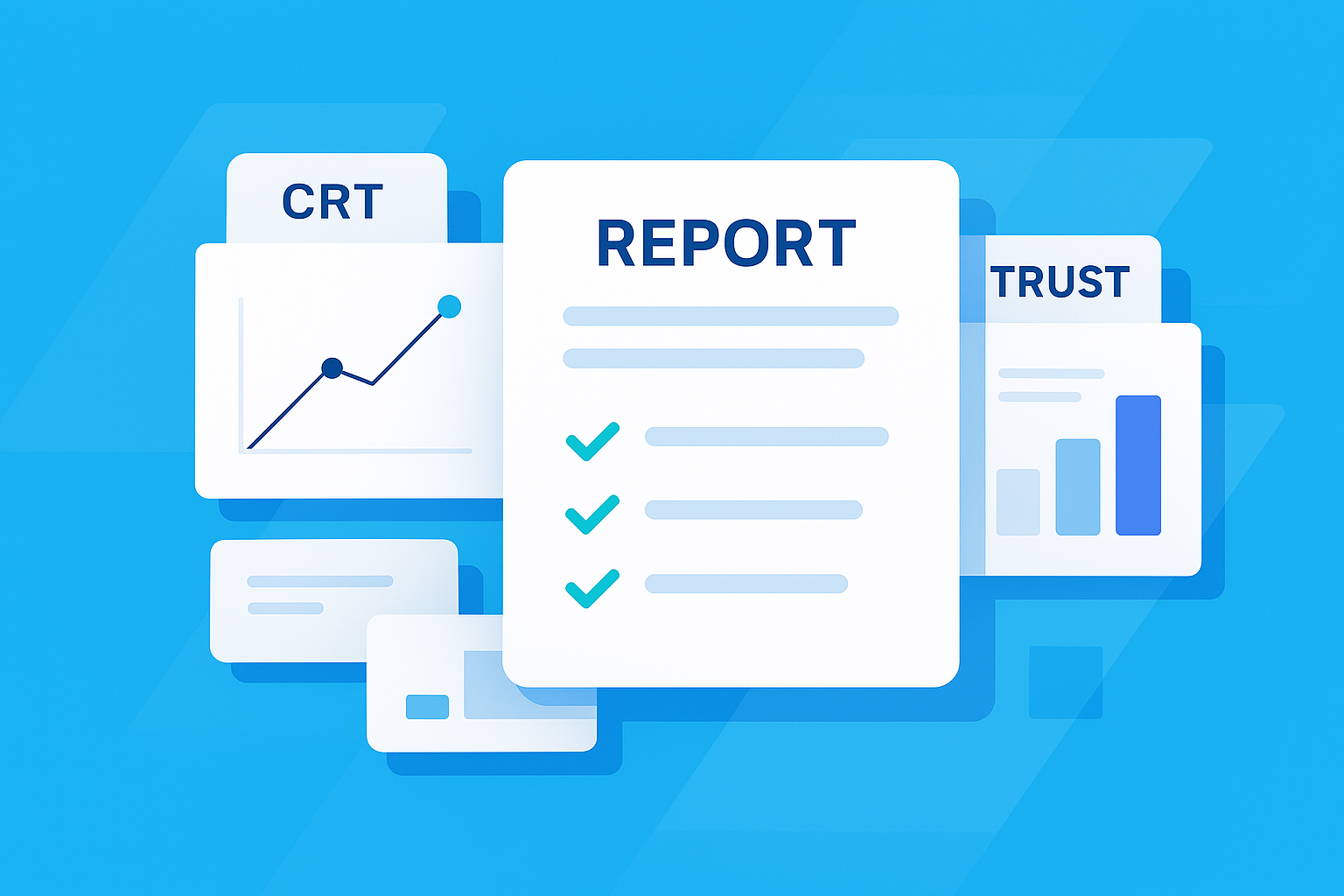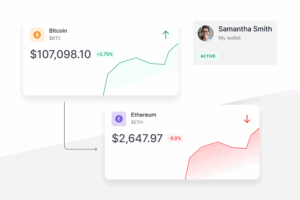What is the Revenue Deficit?
The revenue deficit is the shortfall between total revenue and total expenses. This occurs when a company has more expenses than it does revenue. For example, if a company’s total income is $100,000, but its total expenses are $120,000, the company has a deficit of $20,000. You can calculate the revenue deficit with the following formula:
Revenue Deficit = Total Revenue – Total Expenses.
So what’s the difference with the fiscal deficit?
The main difference between revenue and fiscal deficits is that the fiscal deficit includes the government’s borrowing needs. This is because the revenue consists of the shortfall between total revenue and expenses, while the fiscal deficit also has the government’s borrowing needs. This makes the fiscal deficit a more comprehensive measure of a government’s financial health.
This deficit’s formula is simple: the amount of revenue (the total income) minus the total expenditure. If the difference is negative, there is a revenue deficit. You can use the revenue deficit to measure both short-term and long-term budget deficits.
Instead, if you need to calculate this deficit for governmental issues, you can subtract the total government revenue from its total expenditure. When the difference is negative (i.e., when the government’s expenses exceed its gains), the government borrows money to compensate for the shortfall, thus creating a deficit.
Revenue Deficit Example
A good example is when a company spends more money than it receives in taxes and other sources of revenue. To make up for the difference, the company must borrow money from banks or issue government debt instruments such as bonds and treasury bills. This additional borrowing increases the national debt and can have long-term implications for the business’s economic stability.
What is the Revenue Deficit class 12?
The revenue deficit class 12 is when a company has more expenses than revenue. This can be due to spending more money than bringing in taxes. As a result, they have other sources of income. The company may borrow money from banks or issue government debt instruments to make up for the difference.
Next Steps
Explore our tax planning tools to reduce taxable income with the right trust. Access more of our glossary terms to know more!
About Valur
We built a platform to give everyone access to the tax and wealth-building tools of the ultra-rich like Mark Zuckerberg and Phil Knight. We make it simple and seamless for our customers to take advantage of these hard-to-access tax-advantaged structures so you can build your wealth more efficiently at less than half the cost of competitors. From picking the best strategy to taking care of all the setup and ongoing overhead, we make it easy and have helped create more than $500m in wealth for our customers.






























